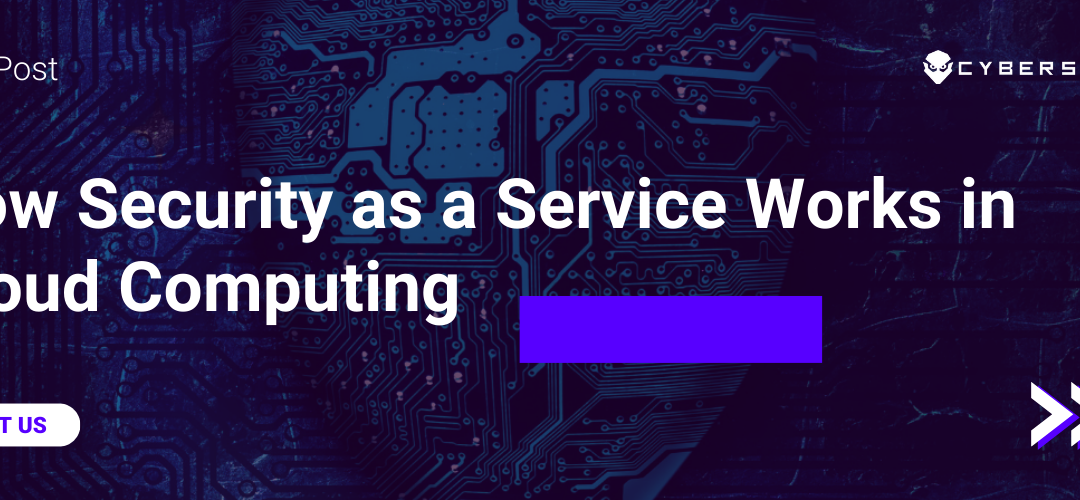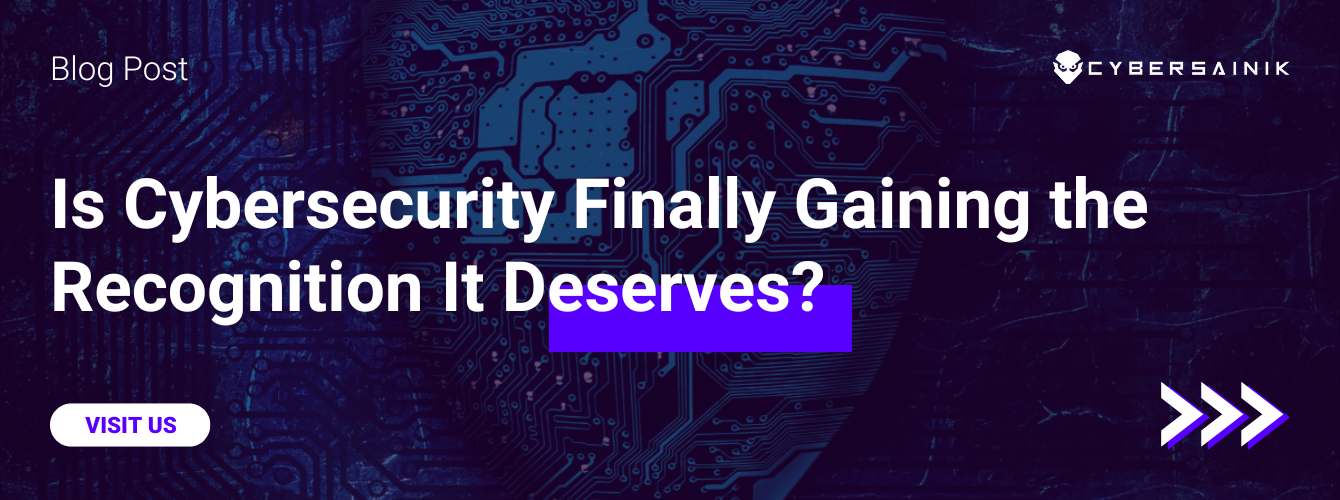For businesses that want to build or expand their digital infrastructure in order to boost their customer appeal, one of the major considerations that should be addressed is cybersecurity. As businesses expand their digital presence and online activities, more data is transmitted and stored digitally; customers share their private information online while businesses store and transmit their proprietary information across their networks. As a result, cybercriminals and other malicious characters have stepped up their attempts to compromise private networks and use the data for nefarious reasons.
As a business owner, one of the ways that you can ensure that your business remains fully protected is to utilize Security-as-a-Service (SECaaS). SECaaS is a cloud-based cybersecurity solution whereby the security tools and applications used to protect your network are transmitted across the internet. With SECaaS, your security provider assumes full responsibility for providing the cloud security solutions needed for your business while you pay a regular fee for these services. Discussed below are several characteristics of SECaaS, and why you should use this cloud-based solution to meet your business’ security needs.
Characteristics of SECaaS and Its Benefits
1) CENTRALIZED SECURITY
A strategy that cybercriminals make efforts to find weaknesses and vulnerabilities in the security system in order to successfully compromise business networks. Once detected, these weaknesses provide an opening that is used to install malware within the network and steal or corrupt private data. A decentralized security strategy increases the likelihood of leaving weaknesses that may be exploited. With this strategy, different vendors are used to manage different aspects of a network. This can lead to security gaps as certain parts of the network may be inadvertently left unprotected; this is especially the case if there is poor coordination or communication among the vendors.
In contrast, SECaaS is a centralized security strategy; your SECaaS provider is responsible for your entire network security. As such, your provider has a complete overview of your network and can deploy security tools and solutions that cover the entire network. With a centralized strategy, the risks of security gaps that can be exploited by cybercriminals are reduced
2) RELIABILITY
A major requirement of any security solution is that it has to be reliable. With cyberattacks likely to occur at any time of the day or night, the security solution should be available at all times to counter any network threats. A security downtime leaves your business vulnerable to attack and compromise by cybercriminals who waste no time in taking advantage of this weakness.
With SECaaS, you have a reliable security solution in place to keep your network secure. One of the characteristics of cloud-based solutions is redundancy; cloud tools and applications are stored at multiple sites within the cloud. When you use SECaaS, the security tools are always available to be deployed when needed. There is no risk of a security downtime that can provide an opening for cybercriminals.
3) SECURITY INFORMATION AND EVENT MANAGEMENT (SIEM)
One of the ways that network administrators and cybersecurity specialists assess system performance and monitor the network for threats is by collecting and analyzing log files. The log files offer valuable information such as the type of threat, the time of the threat, and the location of the threat, among other useful information.
SIEM software is tools that allow administrators and cybersecurity specialists to easily collect, store, and analyze the log files within a network. With SECaaS, your security provider deploys SIEM software within your network. The information generated from the data collected enables your provider to set up security alerts, discover network vulnerabilities, and respond to any detected network threats.
4) BUSINESS CONTINUITY AND DISASTER RECOVERY
Having a disaster recovery plan is a cornerstone of any effective cybersecurity strategy. To ensure business continuity, you should have your data backed up to other secondary sites. This is especially important for mission-critical data as the loss of this data may significantly impact your business. In the event of any form of disaster, your data can be restored from its secondary storage locations so that you can resume normal business with minimal disruption.
With SECaaS, your security provider backs up your data to multiple storage locations in the cloud. In the event of a disaster, your provider can easily restore your cloud data. Since the backup data is stored in the cloud, this data can be restored to any geographic location worldwide.
5) INTRUSION MANAGEMENT
Time is of the essence in the event of a cyberattack or a breach in a network’s security system. The longer it takes before a response is mounted, the greater the likelihood of data loss or damage to the network. It is important that any cyberattacks are recognized as early as possible and neutralized before your network is compromised.
With SECaaS, your security provider deploys tools and applications designed to counter any cyberattacks. Your provider monitors your network continuously looking for abnormal data traffic or other such aberrations that could be indicative of an attack. In addition, alerts can be set in place to warn your security provider of any data breaches. With these as well as other security strategies, your SECaaS provider is primed to quickly respond to any threats to your network
6) DATA LOSS PREVENTION (DLP)
Data loss prevention tools are used to monitor and manage how data are used, transmitted, and stored within your business. These tools are used to ensure that your employees have access to only the information that they need; they are restricted from accessing information not relevant to their job tasks. In addition, DLP tools are used to control how information is transmitted both within and outside your business; the tools help to ensure that regulatory requirements such as HIPAA and PCI-DSS are maintained during data transmission.
With SECaaS, your security provider uses DLP tools to manage your data to ensure that they are handled appropriately. Your provider also keeps abreast of any regulatory requirements pertaining to your business and deploys data management strategies that comply with the requirements. Furthermore, using the principle of least privilege, your employees are granted access and rights to the data they need to perform their job duties.
BOTTOM LINE
At Cyber Sainik, we know the importance of having a robust cybersecurity strategy to protect your network. We are a SECaaS provider specializing in offering cloud-based cybersecurity solutions to small and medium-sized businesses. With our high availability cloud architecture and low-latency network, we guarantee continuous as well as reliable cybersecurity services. We have skilled cybersecurity specialists on staff ready to work with you and get you started with our SECaaS solutions. For more information, and to get started, contact us.




